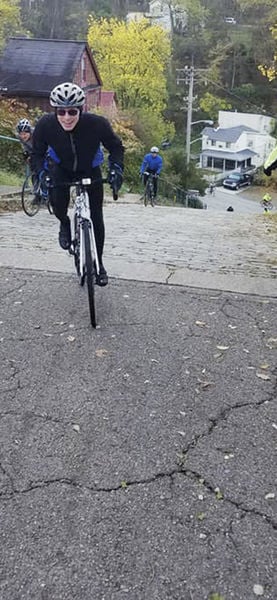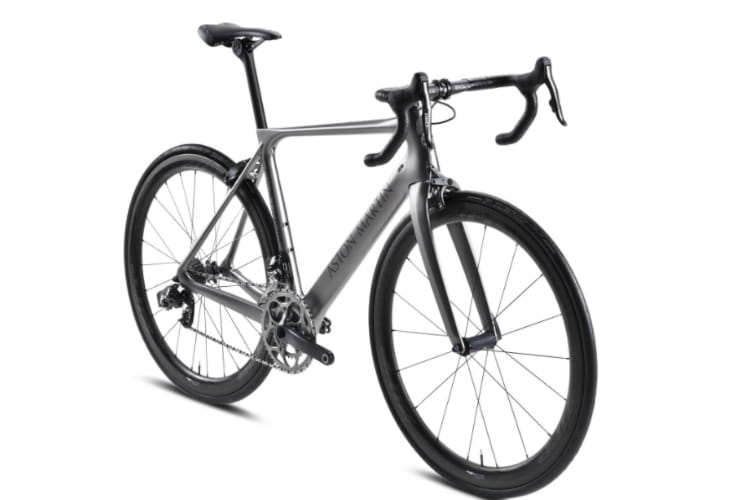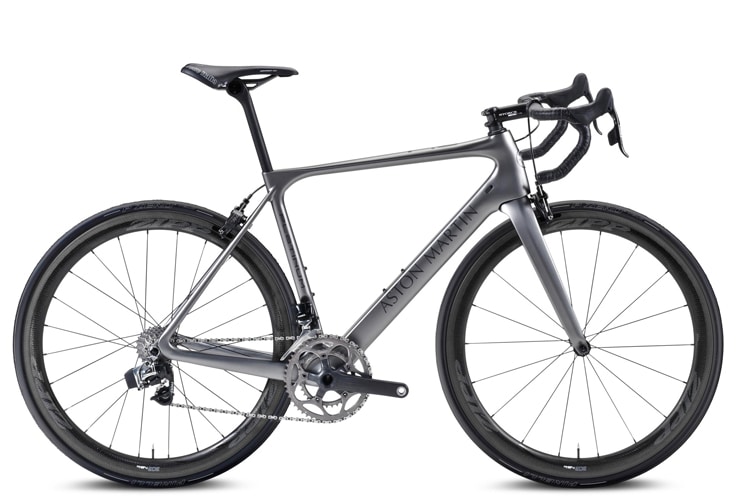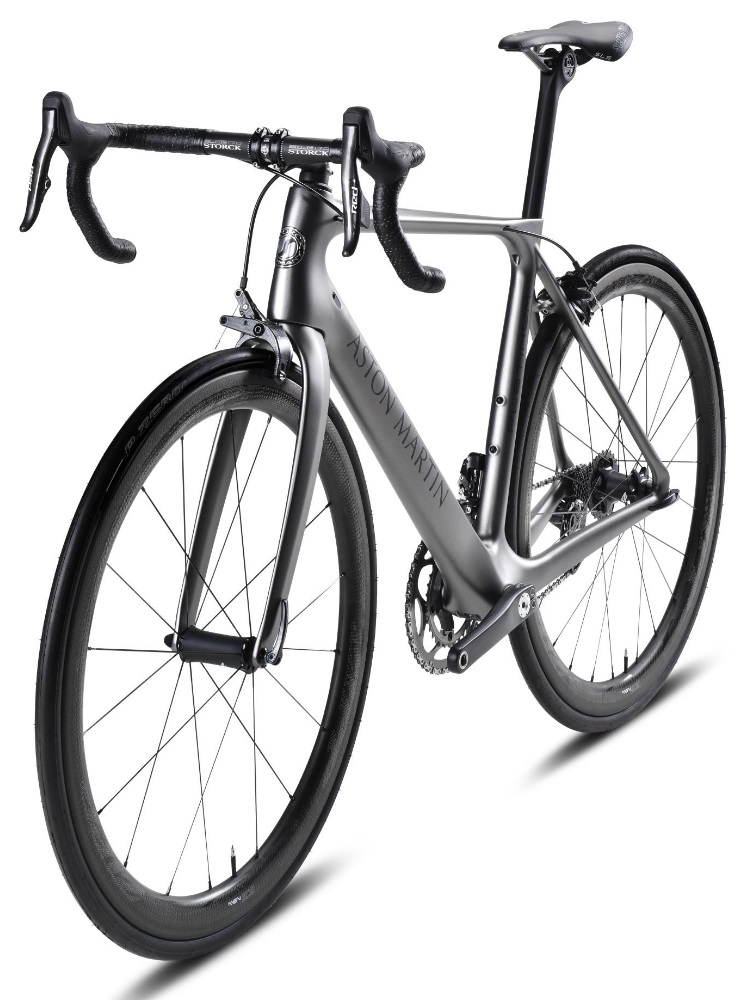During my formative years, I went to more than a few movies that featured car chases. But, I swear, I was dragged to them kicking and screaming. Really, I was!
You see, most of my trips to the cinema (That's what I call a "movie house", now that I'm a snotty intellectual!) were made in the company of my father and three brothers. My mother is not particularly a movie fan, let alone a cineophile, although whenever I go to visit her, we see a movie together--albeit ones that involve more human interaction than piston-powered pursuits.
Still, I admit, I can get a thrill out of watching a chase. Back in the day, I usually rooted for the pursued even though I knew he (Yes, he was almost always male, as was the pursuer.) would get caught. When I watched this video, though, I was actually on the side of the chaser--and he's a police officer!
Of course, his being on a bike has something to do with it. Also, he was chasing the driver of an ATV, which is illegal to drive on the streets of Washington DC--and most cities. Thankfully, I haven't encountered nearly as many of them as I've seen motorized and electric bikes in the the bike/pedestrian paths!
As far as I know, that officer wasn't seriously hurt. And I'm glad he was trying to do his job--though his employers deny that it was a chase--or, at least, that it did not follow the DC police department's "no chase" policy when it comes to ATVs.
Rather, the officer was "following" the ATV rider, according to spokeswoman Karimah Bilal. It was "typical of what we do in this type of incident," she added.
You see, most of my trips to the cinema (That's what I call a "movie house", now that I'm a snotty intellectual!) were made in the company of my father and three brothers. My mother is not particularly a movie fan, let alone a cineophile, although whenever I go to visit her, we see a movie together--albeit ones that involve more human interaction than piston-powered pursuits.
Still, I admit, I can get a thrill out of watching a chase. Back in the day, I usually rooted for the pursued even though I knew he (Yes, he was almost always male, as was the pursuer.) would get caught. When I watched this video, though, I was actually on the side of the chaser--and he's a police officer!
Of course, his being on a bike has something to do with it. Also, he was chasing the driver of an ATV, which is illegal to drive on the streets of Washington DC--and most cities. Thankfully, I haven't encountered nearly as many of them as I've seen motorized and electric bikes in the the bike/pedestrian paths!
As far as I know, that officer wasn't seriously hurt. And I'm glad he was trying to do his job--though his employers deny that it was a chase--or, at least, that it did not follow the DC police department's "no chase" policy when it comes to ATVs.
Rather, the officer was "following" the ATV rider, according to spokeswoman Karimah Bilal. It was "typical of what we do in this type of incident," she added.































